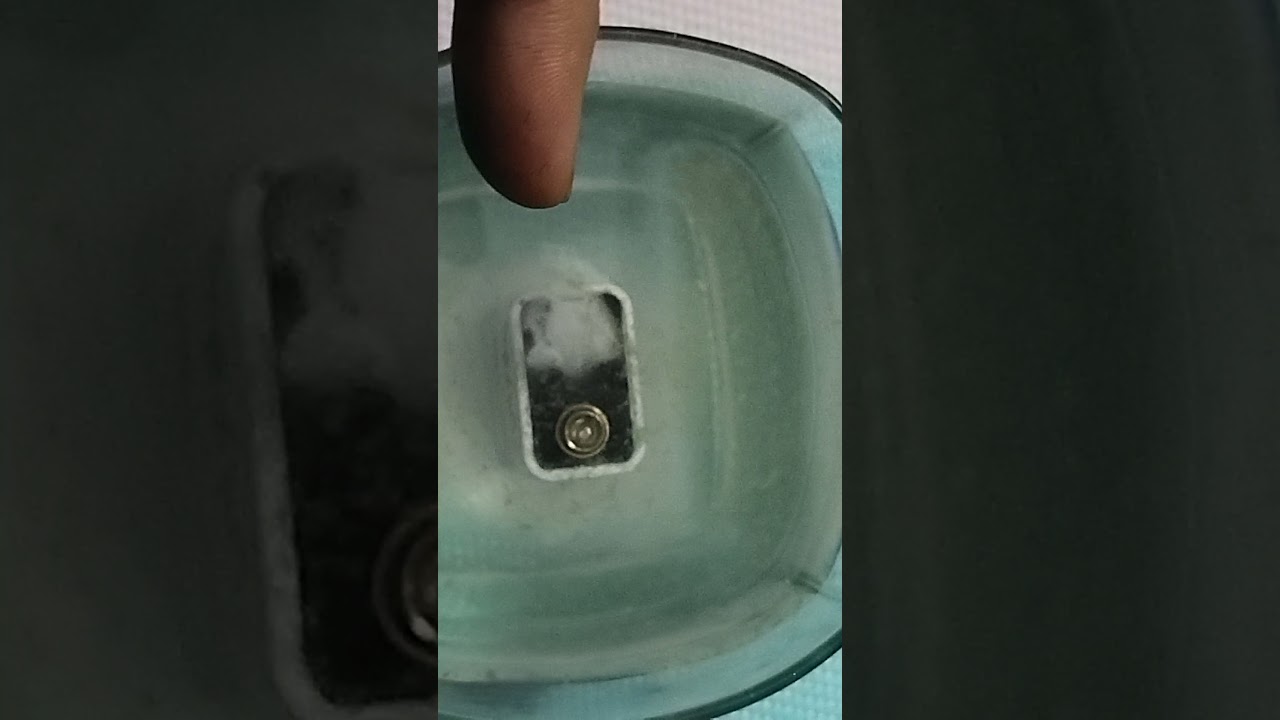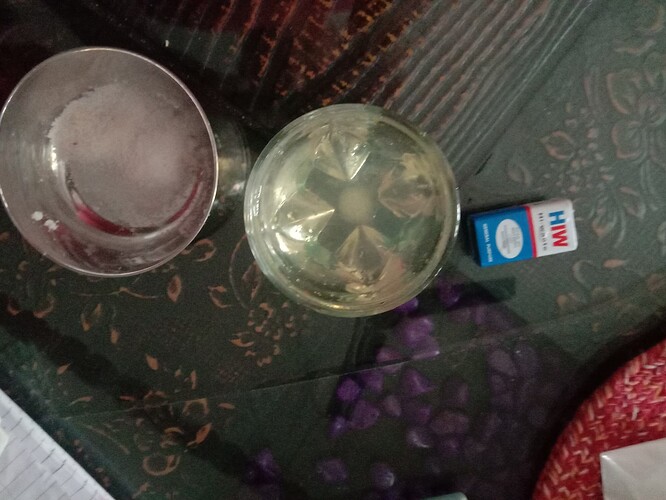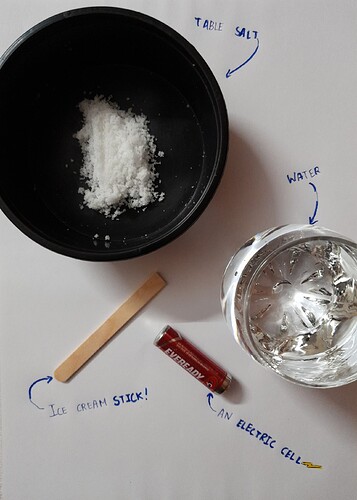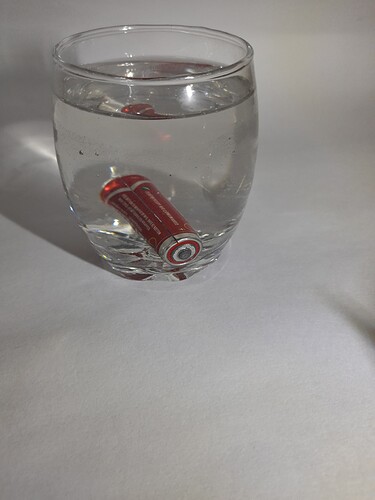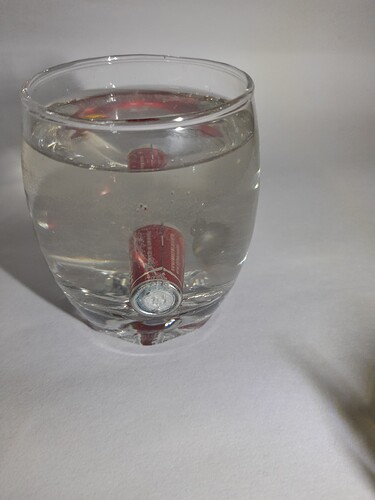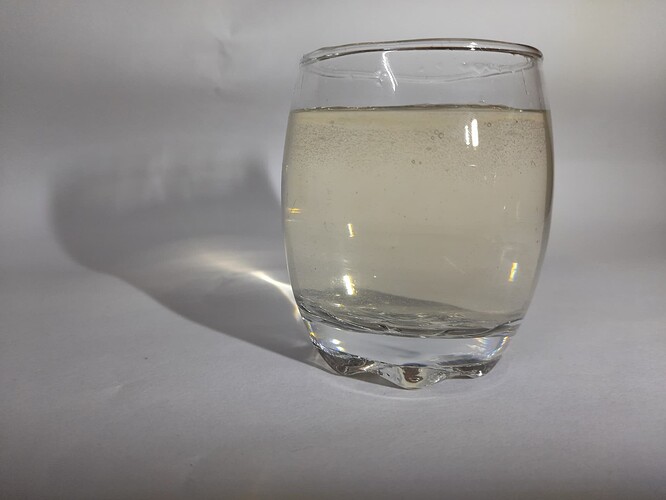Can you perform an experiment Involving electrolysis of water using simple ingredients available at home?
@JSR302 @Manpreetheersskp @Pekka7532 @Pritika @Saksham77 @vanshsskp123 @rakshitmanhas @vishu00932 @armaanbatth191 @parmindermetla21
Here’s some help: use a 1.5 v or better a 9v cell, a glass of water and some salt. Share the results.
@Manpreetheersskp tried out…
Here’s the link to the post ![]()
We can put up the links to the posts here …so that its not missed out by others.!
Awesome work
You have worked so hard on this
Really appreciating!!!..Keep it up:+1:t2:
It would be nice if you can perform the experiment and share the results.
Nice work; Really Appreciating
I took this experiment to next level by making hydrogen from electrolysis of water.
Here’s the link ![]()
Good Evening To All
Electrolysis of water - using things available at home.
Today, I was asked by my teacher to perform an experiment involving (Electrolysis of Water) using simple objects present at home. I performed the activity and got stunning results. So here are the objects required:-
- 1 Glass full of Water.
- A Tablespoon of Salt.
- A 9v Battery Cell.
Apparatus Used - https://drive.google.com/file/d/16OHoeR9PrOQT1v1hfCWu3i2fdcPZ2lHP/view?usp=drivesdk
Working Procedure:point_down:![]()
- We will take some water and will put salt in it.
- Then we would be slightly stirring it and will be putting our 9v battery (vertically) in it.
- At the time when we will put our battery vertically in it bubbles from both negative and positive end would be coming out of it.
- The bubbles which would be emitted from positive would be (oxygen gas bubbles) and the ones which would be emitted from negative end would be (hydrogen gas bubbles).
- The oxygen gas bubbles would be much larger than hydrogen gas bubbles.
- The process from which oxygen gas bubbles would be coming out is called oxidation
- The process from which hydrogen gas bubbles would be coming out is called reduction.
So the equation is as follows :-
2 H2 O(L) = 2H2 (g) + O2 (g)
My Experiment being conducted:-
After process you will also notice that water has changed it’s colour.
Let’s have some Quick Puzzles:-
Q1 Why from negative end only the hydrogen bubbles came out? Why didn’t they came out of positive side?
Q2 Why the oxygen gas bubbles were so large than hydrogen gas bubbles?
Q3 Why the water changed its colour at the end after the process?
This was my complete experiment on electrolysis of water at home with simple objects present at home.
Thank You
GOOD AFTERNOON TO MY ALL FRIENDS AND RESPECTED Teacher
yesterday i was challenged to do the (electrolysis of water) using simple things available at home for that i need following things are -:
- 9 volt battery
- One table spoon salt
- Glass full of water.
- mix the salt with water
2.put the 9v battery in it - when you put battery in it we will notice that from both the negative and positive terminal bubbles start coming out . from positive terminal (oxygen gas bubbles ) start come out and from negative terminal (hydrogen gas bubble) start come out.
thank you
Ok sir, I will definitely do this experiment and upload.
Very Nice Work Keep It up
[size=4]Hello[/size], [size=4][size=4]Junior Scientists[/size][/size]!!! ![]()
Today, I am going to share my experience and observations which I made while doing the Electrolysis Of Water.
Well, it was a great experience of me doing something like this for the first time!
So let’s see, what electrolysis literally means.
Electrolysis of water is a process in which oxygen and hydrogen are taken out or separated from the water with the help of electricity.
The same can be done with normal electric cells.
Here, the positive terminal of the cell acts as an Anode & the negative terminal is the Cathode.
The water contains 2 Hydrogen molecules and 1 Oxygen molecule. {Ratio-(2:1)}
The hydrogen molecules being positive are attracted to the negative terminal (cathode) of the cell and the oxygen is attracted to the positive terminal(anode) of the cell.
You will see in the video attached, that the cathode has more bubbles, it’s because the number of hydrogen molecules is greater than the oxygen ones.
Now, take a look at the experiment:
-
[size=4]Full Video[/size]

20210914_202257.mp4 - Google Drive -
Materials Required

- Some Pictures

Image of the anode (Positive Terminal)
Image of the cathode (Negative Terminal)
Image of water after electrolysis
Thank You!
I hope that this helped you. ![]()
